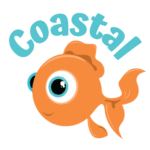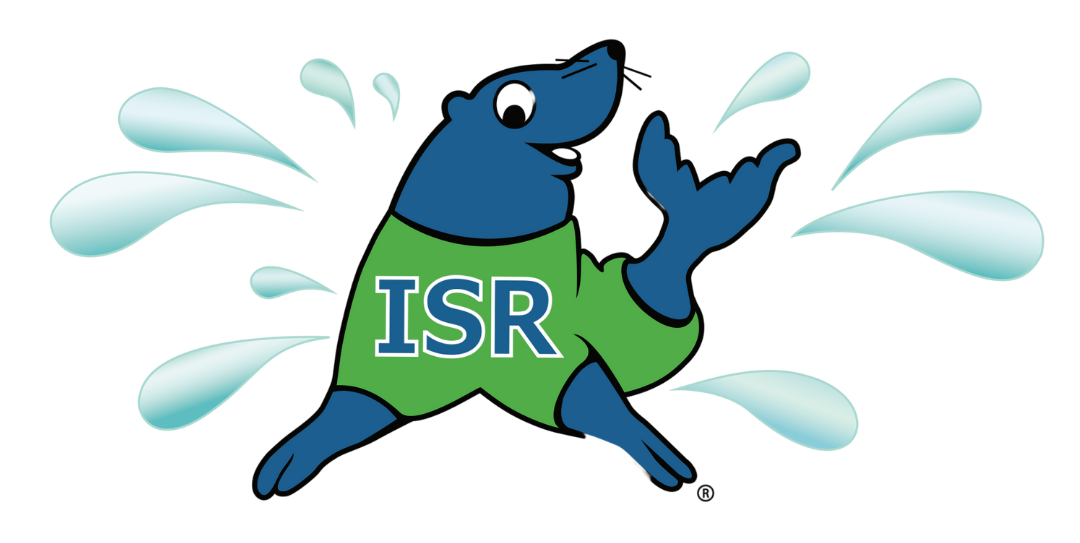

ISR Lessons
ISR swim lessons don’t simply teach your child to swim – they teach your child to be an aquatic problem solver.
The goal is self-rescue.
First Day of ISR Lessons - What to expect at Coastal Swim Academy
*6 weeks is the average amount of time for a child to learn to swim in the ISR program. However, we stand by our promise that every child will learn to swim at Coastal Swim Academy which is why a child will continue lessons for more than 6 weeks if needed.
Select Your Child's Age to Learn More
70 videos ISR Self-Rescue® Swim-Float-Swim Sequence


Lessons for children 6-12 month old focus on teaching the child to roll onto their back to float, rest-and-breathe, and to be able to maintain this life-saving position until help arrives.


Lessons for children 1-6 years old focus on teaching the swim-float-swim survival sequence. Children learn to swim with their head down; roll onto their back to float, rest, and breathe; and roll back over to resume swimming until they reach the side of the pool, where they can either crawl out or until they can be rescued.
Babies Younger Than 1 Year
Roll back to Float Sequence
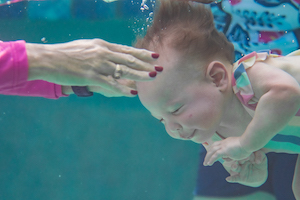



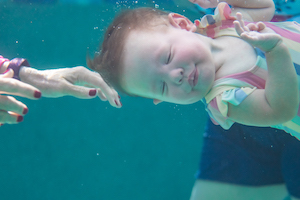

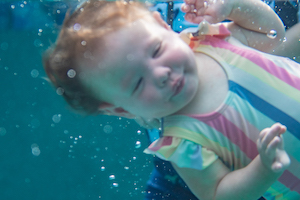

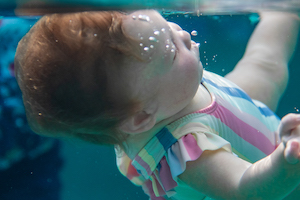

What to Expect: First day of lessons
- Instructor will focus on building a rapport.
- Baby practices being on their back in the water – Instructor provides support and allows baby to “balance” on the water with this support.
Goals:
- Baby learns to trust being on their back while comfortably breathing and resting.
- Baby learns to close their mouth, hold his or her breath, and open their eyes underwater while starting to learn how to move in the water.
- Your baby will never be thrown into the water.
- You may have heard or read that babies can swim “naturally”. That is false. All purposeful swimming behaviors must be taught. If swimming was natural for a baby, why do so many drown each year?
What to Expect: First day of lessons
- At every ISR lesson, the Instructor will briefly reinforce the skills learned in the previous lessons.
- To reinforce that baby has performed a skill correctly, the Instructor may pick your child up and praise. Take your cues from the Instructor and praise your child at the same time.
Goals:
- Reinforce learned skills at every lesson.
What to expect: 2nd and 3rd weeks of lessons
- Instructor’s support of your child as they float and perform skills will become less and less as baby takes more responsibility with his head orientation, balance, and breathing.
Goals:
- Independent floating
- Roll from a face down position in the water into a float to get a breath.
- Baby learns to make small adjustments like slowing their kicking and keeping their arms out, which are necessary for them to maintain the float on their own.
- Baby independently rolls onto their back.
Roll back to Float Sequence
What to expect: First day of lessons
- Instructor will focus on building a rapport.
- Child will be gently introduced to the water. Because each child reacts differently, the Instructor will work with your child to make him or her comfortable in the pool.
- It’s important that your child learns to open their eyes underwater because as the lessons go on, they will learn to look for a way out of the water, and the only way to do that is with eyes open.
Goals:
- Breath holding
- Open their eyes under water
What to expect: First week of lessons
- At every ISR lesson, the Instructor will briefly reinforce the skills learned in the previous lessons.
- Although your child won’t learn any particular “stroke”, he or she will learn to kick and propel themselves through the water.
- Learning to find the wall, swim to the wall, and hold securely onto the wall are important skills for aquatic survival because in an emergency your child must be able to find a way out of the water.
Goals:
- Holding onto the wall
- Swimming a short distance to the wall
- Back floating with support
- Roll from a swimming position onto the Backfloat (depends on child’s age)
What to expect: 2nd and 3rd weeks of lessons
- During these weeks the “swim-float-swim” sequence begins to come together.
- At every ISR lesson, the Instructor will briefly reinforce the skills learned in the previous lessons. Child gets a “warm up” and the instructor can determine to modify or adjust any skills.
- Adjustments will often be made if the child has had multiple absences from swim lessons or has been playing in the pool.
- Instructor’s support of your child as they float and perform skills will become less and less as baby takes more responsibility with his head orientation, balance, and breathing.
Goals:
- Roll onto their back from a face-down swimming position
- Floating independently
- Roll out of the float, and to swim again in search of the exit
- Child learns to orientate themselves, roll to their back and find the wall when placed in the water in a variety of positions (vertically, or in a sitting type position)
- Learn the “swim-float-swim” sequence from nearly any position in the water
What to expect: 4th and 5th weeks of lessons
- Lesson is devoted to putting the entire swim-float-swim sequence together and making any final adjustments that are necessary for your child to be able to perform these skills on their own.
- In the final weeks of the lessons, your Instructor will use fewer and fewer prompts as your child learns to perform the skills on his or her own.
- Instructor will always be present, attentive, and prepared to assist your child when necessary, but always with the goal for your child to perform these skills independently.
Goals:
Performs the swim-float-swim sequence independently
What to expect: 6th weeks of lessons
- Perform all skills wearing clothes. Why? . The experience of swimming fully clothed affects every aspect of the swimming experience, because of the weight of the saturated clothes, the drag of the clothes while swimming, and the feel of the clothes on the body.
- Because the vast majority of drownings occur when a child is fully clothed, it is vital that your child know how to perform the swim-float-swim sequence while fully clothed.
- Swimming while fully clothed is one of the best ways we know to safely simulate a potential aquatic accident.
- Clothes your child will be asked to practice swimming with include shoes, socks, and if necessary, a diaper, summer and winter attire
What to expect: Last day of lessons
- Instructor may ask the parent to come into the water with their child.
- Instructor will show you ways to play with your child in the water, such as how to hold and release your child in the water so he or she can swim to the wall or the steps.
- This is a fun way to conclude the lessons, and it’s been our experience that children love to show off their skills!









